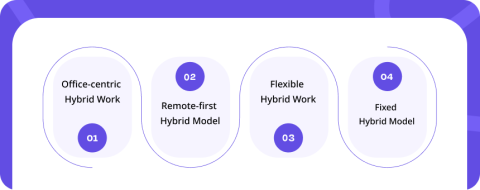Bridging the Gap: How to Align Hybrid Work Models with Gen Z Values?
Generation Z (also known as Centennials) bring their smartness and strong work potential to the table with their quick learning capability and unique perspective. In order to leverage the full potential of Gen-Z employers need to provide a flexible work culture offering a balance of professional and personal lives. Gen-Z is born between 1996 to 2010. They are the second youngest generation lying between millennials and Generation Alpha.










